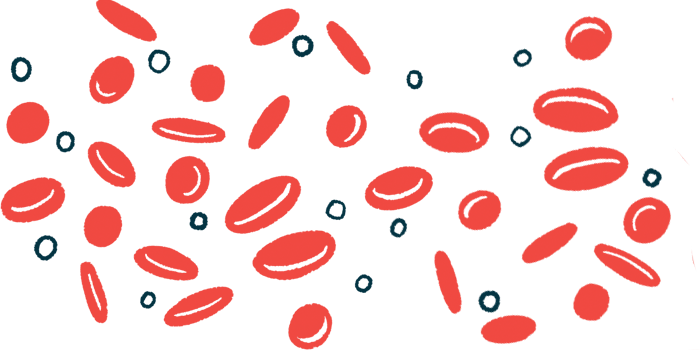Higher Hydroxyurea Exposure Tied to Better Blood Parameters in US
Favorable outcomes linked to better adherence to treatment
Written by |

Children with sickle cell disease (SCD) exposed to higher doses of the oral therapy hydroxyurea report better blood-related clinical parameters than those with lower exposure, according to a new study from the U.S.
The favorable outcomes were linked to higher adherence to treatment, suggesting that “adherence interventions have the potential to improve a range of clinical outcomes,” researchers wrote.
The study, “Impact of hydroxyurea dose and adherence on hematologic outcomes for children with sickle cell anemia,” was published in Pediatric Blood & Cancer.
What is hydroxyurea?
Hydroxyurea is a treatment that increases the levels of fetal hemoglobin — a form of hemoglobin produced during fetal development that is more effective at transporting oxygen than its adult counterpart.
The medication has been approved in the U.S. for SCD since the late 1990s, and remains the primary disease-modifying therapy in people with the condition.
Numerous studies have demonstrated that hydroxyurea treatment can lessen the risk of hospitalization, death, and complications such as vaso-occlusive crisis. Though the efficacy of hydroxyurea in SCD is well-established, the optimal dosing strategy in a real-world setting is less clear.
Recent research done in sub-Saharan Africa suggested that clinical outcomes are better among SCD children given a high dose of hydroxyurea (mean of 29.5 mg/kg per day) compared to those who got less than 20 mg/kg/day.
Now, a team of U.S. researchers conducted an analysis to see whether the same trend would be found in children with SCD treated in the U.S.
“The objective of the study was to evaluate the relationship of hydroxyurea exposure, as assessed by prescribed dose of hydroxyurea and adherence, to hematological [blood-related] parameters in children with SCD in the United States,” the researchers wrote.
Adherence refers to whether patients are taking medications as directed. The researchers stressed that they were looking at how much medicine patients were actually taking — not just what was prescribed — as a strength of their analysis.
“This study used reliable and validated adherence measures as well as EMR [electronic medical record] documented prescribing data to describe actual hydroxyurea exposure,” the researchers wrote.
“Compared to most previously published studies that only report the prescribed dose of hydroxyurea, this analysis incorporated hydroxyurea adherence to better describe actual hydroxyurea exposure,” they added.
The scientists used data from two prior clinical trials (NCT02578017 and NCT04675645), both of which had tested interventions designed to improve adherence among children with SCD on hydroxyurea.
The data covered 45 children and young adults; just over half were male, the median age was 12 years (range 2–19 years), and 97.8% were Black.
The patients were divided into two groups based on their exposure to hydroxyurea. A total of 22 children took on average 20 mg/kg of the medication per day and were included in the “lower exposure” group. The remaining 23 patients, who took more than 20 mg/kg per day, were in the “higher exposure” group.
The majority of patients used hydroxyurea for more than one year (71.1%) before enrolling in the study. The remaining had been using it for longer than six months. There was no significant difference in duration of hydroxyurea treatment between the two groups.
Results showed that average levels of fetal hemoglobin were significantly elevated in the higher exposure group compared to the lower exposure group (28.9% vs. 23.4%). The team noted, however, that levels were “relatively high in both exposure groups,” and that there was substantial variation within each group.
Mean corpuscular volume, a measure of the size of red blood cells, also was significantly higher in the higher exposure group (average of 101 vs. 93.7 femtoliters).
“These favorable outcomes resulted from both higher adherence, as represented by the higher number of days of confirmed hydroxyurea exposure, and a higher prescribed hydroxyurea dose,” the researchers wrote.
The team said that these results support the need to improve adherence and optimize dosing regimens for hydroxyurea, which could be explored in future research.
Larger studies are now required to determine if increasing hydroxyurea exposure via interventions focused on optimal adherence and prescribing dosages could improve clinical outcomes in children with SCD.







